Has sun damage, ageing, or acne left your skin looking dull, uneven, or tired? – Many people experience changes in their skin’s texture and tone over time, and it’s completely normal to seek smoother, clearer, and more youthful-looking skin. With advanced laser technologies like Diode (for laser hair reduction), Q-switched Nd:YAG lasers (for pigmentation and tattoo removal), and IPL Photofacials (for brightening and rejuvenation), you can safely and effectively restore your skin’s natural radiance.
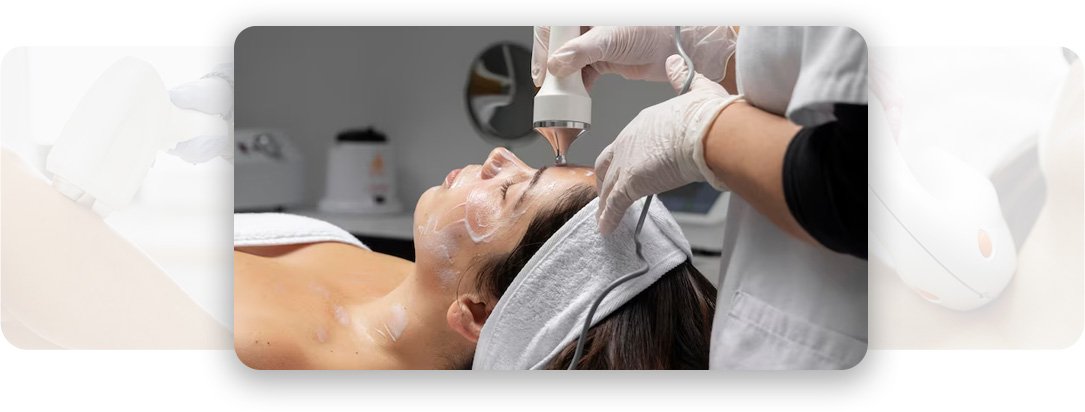
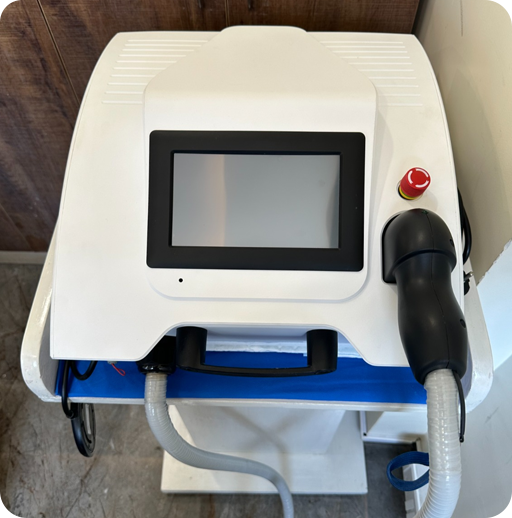
Diode lasers use a special method called selective photothermolysis to target specific parts in the skin, like melanin in hair follicles. They damage these parts by heating them, which disrupts hair growth. The 800 nm diode laser is effective for all skin types and offers safe and efficient hair removal.

Diode laser treatments work by selectively targeting the melanin in hair follicles, effectively heating and disrupting the hair growth process. This process interferes with the hair's regeneration, leading to a reduction in hair growth over time.
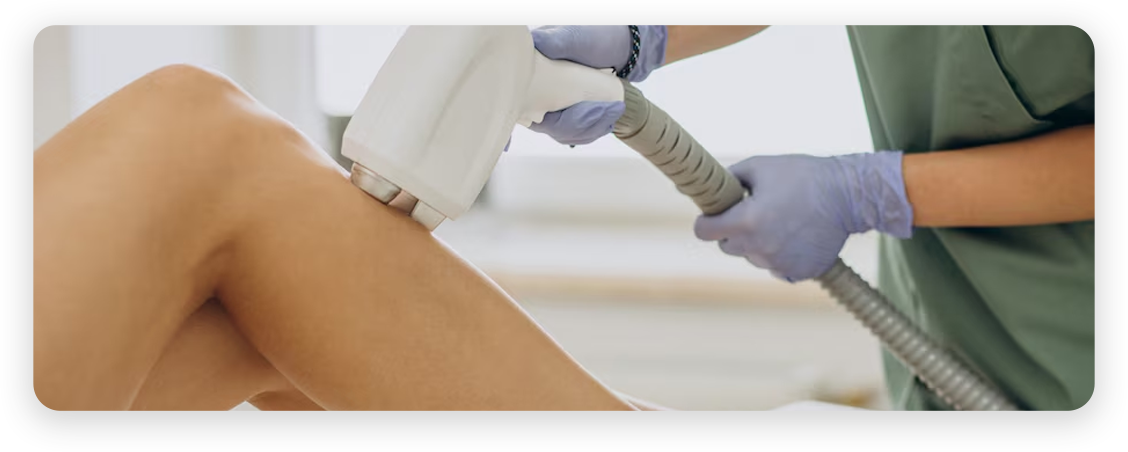
After diode laser treatment, avoid applying any active ingredients to the treated area for 24 hours. If you experience itching or irritation, use a gentle moisturizer. In case brown marks appear on the treated site, contact the clinic immediately. Be diligent about applying sunscreen and moisturizer, and avoid swimming, saunas, or intense exercise for at least two days.
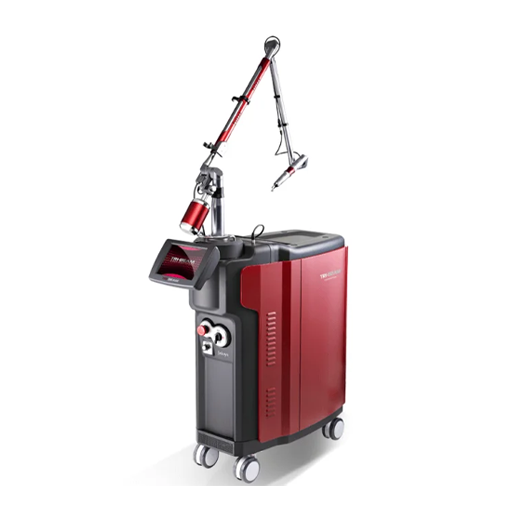
Q-switched lasers, a U.S. (FDA)-approved technology, precisely target melanin-rich cells to improve skin tone and promote collagen synthesis. With ultra-brief pulses, these lasers break down pigment clusters, resulting in lighter skin and enhanced radiance. By focusing energy on specific chromophores, Q-switched lasers offer safer and more efficient outcomes compared to traditional therapies.

Commonly used wavelengths include 1064 nm and 532 nm, providing excellent results for various skin concerns, such as hyperpigmentation, tattoos, and aging signs.
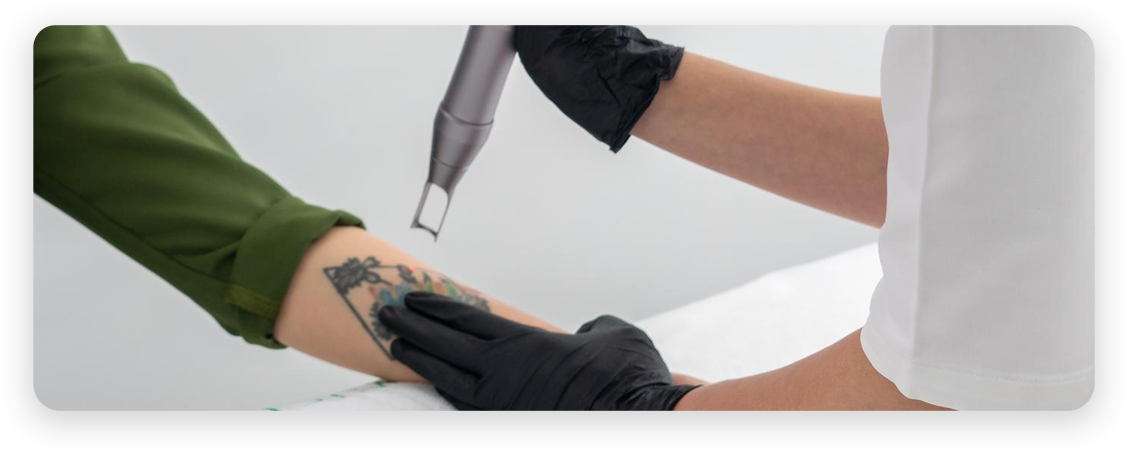
After a Q-Switched Laser treatment, avoid using any active ingredients on the treated area for 24 hours. If you experience itching or irritation, apply a soothing moisturizer, and if brown marks appear, contact the clinic promptly. It's essential to apply sunscreen and moisturizer regularly to protect and heal the skin. Additionally, avoid swimming, saunas, or any strenuous exercise for at least two days. This treatment is ideal for individuals looking to address pigmentation, acne scars, uneven skin tone, or tattoo removal with minimal downtime.
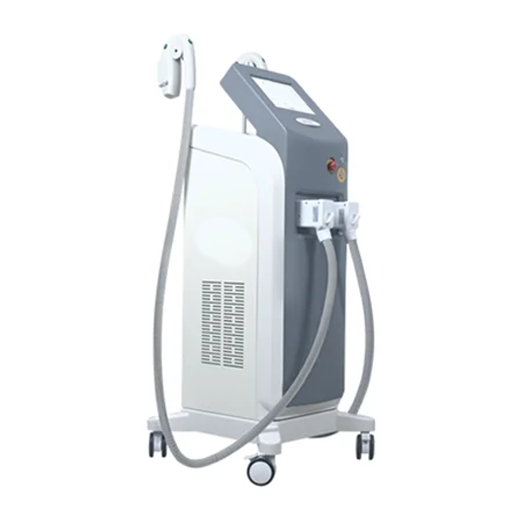
Photofacial is a non-invasive procedure that uses light energy to target and improve various skin concerns. Performed by trained dermatologists or licensed practitioners, this treatment utilizes a specialized device that emits high-intensity pulses of light to target specific chromophores in the skin, such as melanin and hemoglobin.

It effectively minimizes fine lines, treats pigmentation, reduces redness, improves skin tone, tightens skin, and stimulates collagen production.
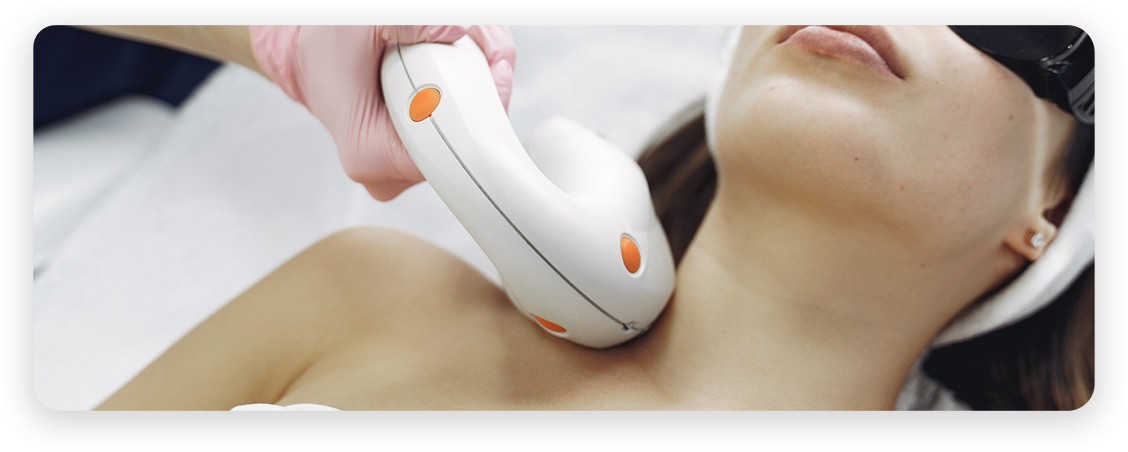
After the treatment, apply a broad-spectrum sunscreen (SPF 50+) regularly and avoid sun exposure for at least 48 hours. Refrain from using facewash for the first 24 hours and avoid heat, saunas, gym, and swimming for 48 hours. Keep the skin well-hydrated with a gentle, non-comedogenic moisturizer, and avoid using retinoids, exfoliants, or any harsh products for 5 to 7 days. It's also recommended to skip heavy makeup for 24 to 48 hours to allow the skin to heal properly.